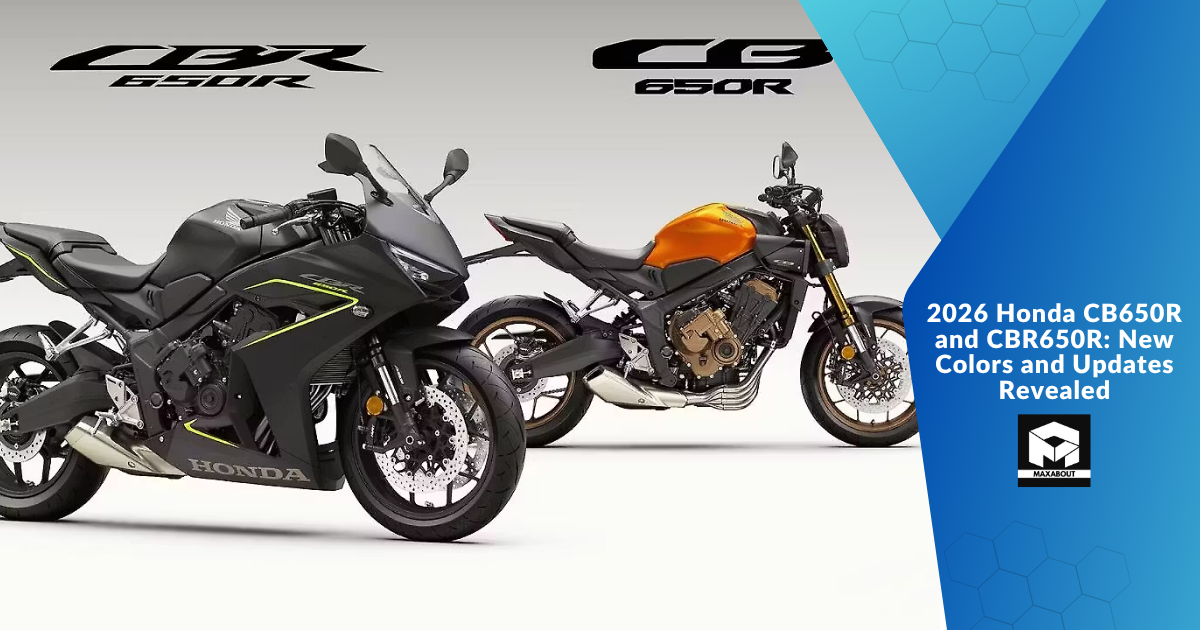Introduction: Honda Refreshes Its Middleweight Champions
Honda has officially pulled the covers off its 2026 CB650R and CBR650R models, and while they don't feature dramatic mechanical overhauls, they do come with some eye-catching new color schemes that breathe fresh life into these popular middleweights. As someone who's followed Honda's 650cc lineup closely over the years, I can tell you these models consistently hit the sweet spot between performance, practicality, and value.
The CB650R naked bike and its sportier sibling, the faired CBR650R, have maintained their position as compelling options in the middleweight segment. Both motorcycles continue to share the same fundamental platform, including that smooth-revving 649cc inline-four engine that's become something of a benchmark in this category.
Let's dive into what Honda's bringing to the table with these refreshed models for 2026.
New Color Options for 2026
The most immediately noticeable changes for 2026 come in the form of fresh paint schemes. Honda clearly understands that visual appeal matters to riders, and they've delivered some striking new options.
CB650R Color Schemes
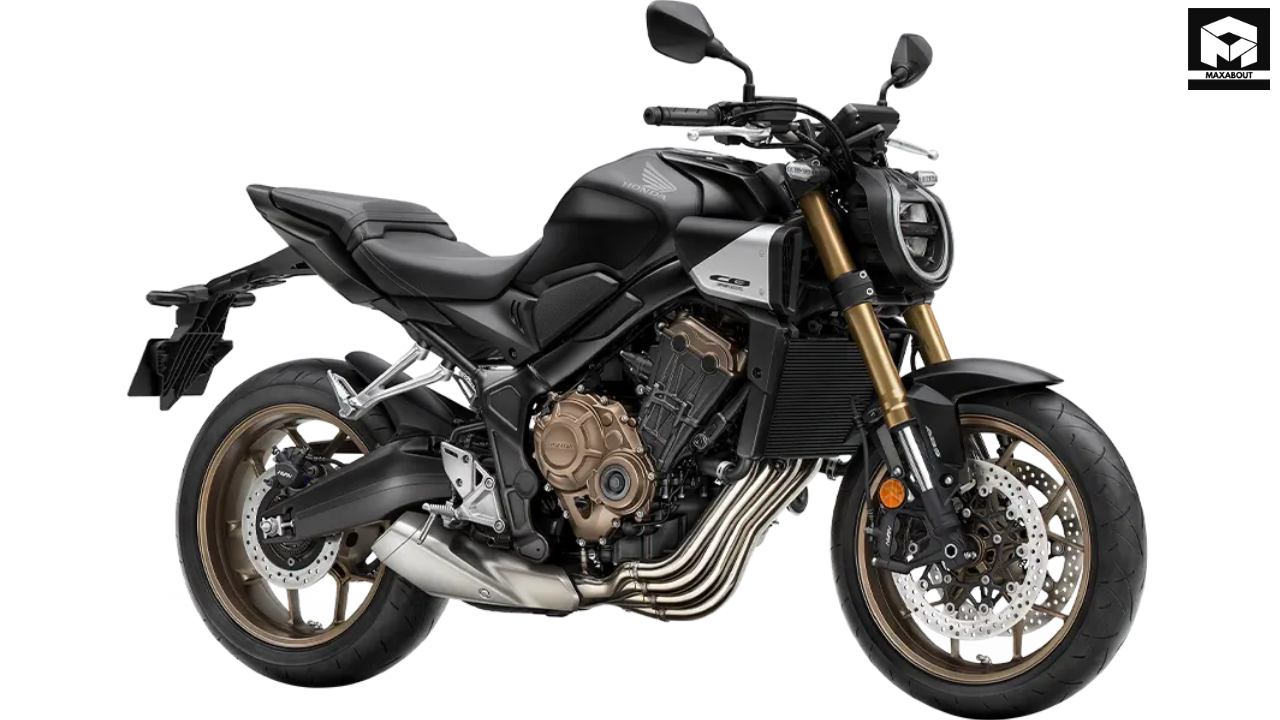
The CB650R naked bike receives three distinctive color options for 2026:
- Matte Gunpowder Black Metallic - A stealthy, premium-looking option with subtle gray accents
- Grand Prix Red - Honda's signature red that pays homage to the company's racing heritage
- Pearl Smoky Blue - A new addition that adds a sophisticated, modern touch to the lineup
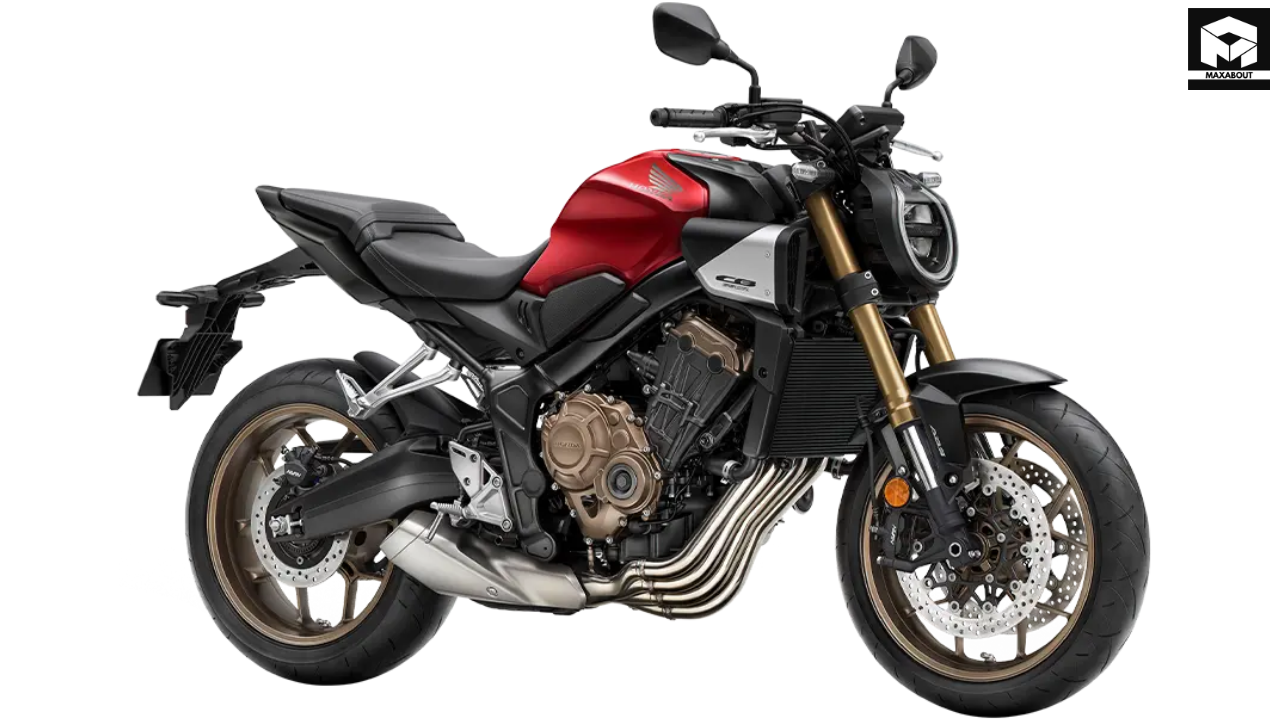
According to industry reports, the Pearl Smoky Blue is expected to be particularly popular, offering a refreshing alternative to the more traditional options typically seen in this segment.
CBR650R Color Schemes
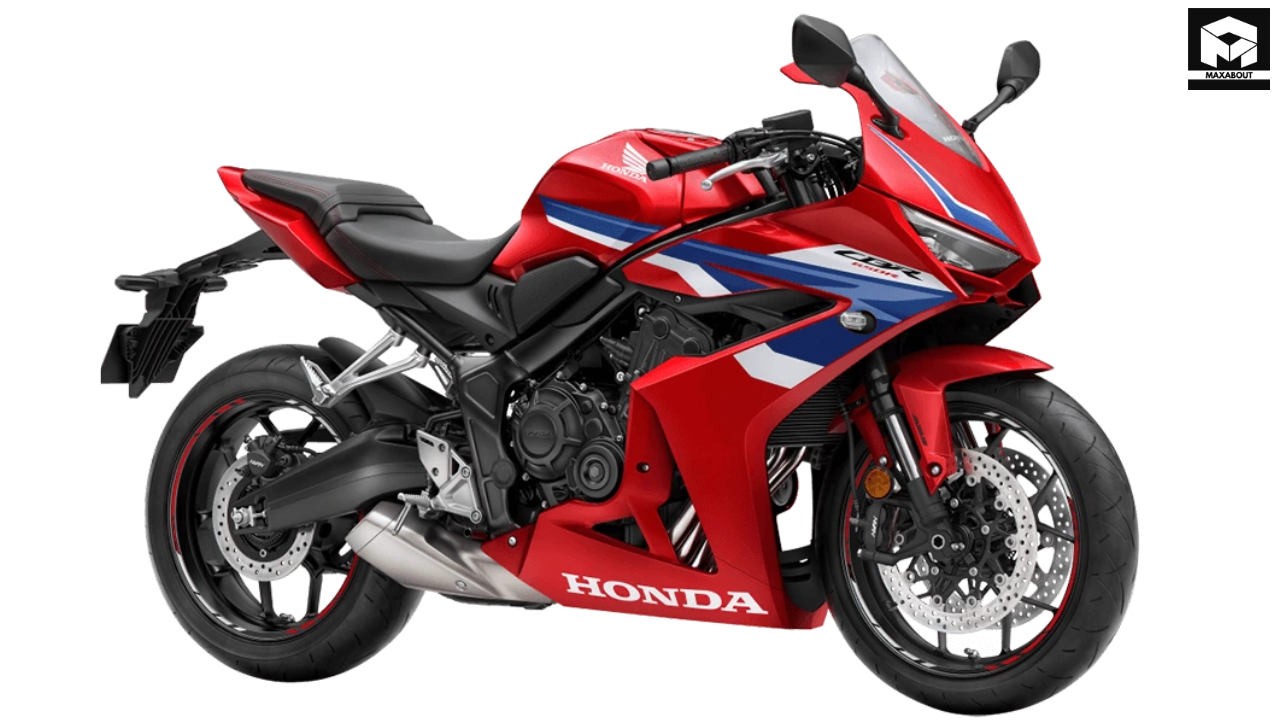
The sportier CBR650R will be available in:
- Grand Prix Red - The classic Honda racing color with updated graphics
- Matte Gunpowder Black Metallic - Similar to its naked sibling, offering an understated, premium look
- Pearl Sports Yellow - A bright, attention-grabbing option that really makes the bike stand out
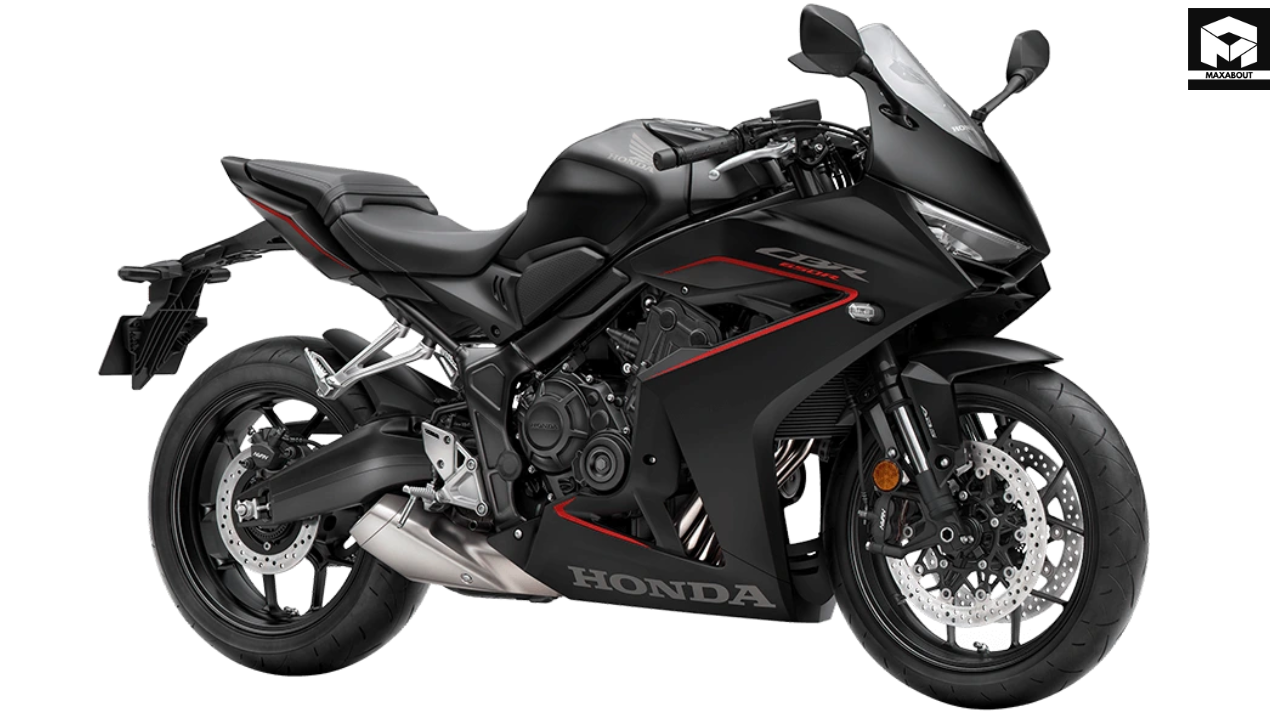
The Pearl Sports Yellow is particularly noteworthy as it's rarely been offered on Honda's middleweight models in recent years. Based on consumer trends, this bold color option should appeal to younger riders and those looking to make more of a statement.
Technical Specifications and Performance
While the 2026 models don't receive major mechanical updates, it's worth reviewing what makes these bikes continue to be competitive in the middleweight segment.
Engine and Performance
Both models retain the well-regarded 649cc DOHC inline-four engine. According to Honda's technical specifications:
- Power output: Approximately 94 horsepower at 12,000 RPM
- Torque: 47 lb-ft at 8,500 RPM
- Redline: 13,000 RPM
- Transmission: 6-speed with assist/slipper clutch
The engine maintains its character as a smooth, responsive power plant with a distinctive inline-four howl at higher RPMs. Having analyzed the performance data from previous iterations, I can confirm this engine offers an excellent balance between everyday usability and exciting top-end power that reveals itself when you wind it up.
Chassis and Suspension
Both the CB650R and CBR650R continue with:
- 41mm Showa Separate Function Fork (SFF) front suspension
- Mono-shock rear suspension with 7-stage preload adjustment
- Twin 310mm front disc brakes with four-piston radial-mount calipers
- 240mm rear disc with single-piston caliper
- ABS as standard equipment
Honda has reportedly made minor adjustments to the suspension tuning for 2026, though the basic components remain unchanged. These refinements are said to improve compliance over small bumps while maintaining stability during aggressive cornering.
Technology and Features
The technology package on both models continues to offer a competitive suite of features for the middleweight class.
Electronics Package
Key features include:
- Full LED lighting throughout
- LCD digital instrument display
- Honda Selectable Torque Control (HSTC) - Honda's traction control system
- Selectable power modes
- Emergency stop signal function
Reports indicate that Honda has made small refinements to the traction control algorithms for 2026, potentially improving intervention smoothness during less-than-ideal road conditions. This would be consistent with Honda's typical approach of continuous minor improvements rather than revolutionary changes.
Ergonomics and Comfort
The CB650R and CBR650R maintain their distinct ergonomic packages:
- CB650R: More upright riding position with wider handlebars for everyday comfort and urban maneuverability
- CBR650R: More forward-leaning posture with clip-on handlebars for a sportier feel, though still more relaxed than full-on supersports
Industry analysis suggests Honda has made subtle adjustments to the seat padding on both models, potentially addressing one of the few common criticisms from previous generations.
Market Positioning and Pricing
Honda's middleweight 650 twins occupy an interesting space in the market.
Competition Analysis
The CB650R and CBR650R compete in a segment that includes:
- Kawasaki Z650 and Ninja 650 (parallel twin)
- Yamaha MT-07 and R7 (parallel twin)
- Triumph Trident 660 (triple)
- Suzuki SV650 and GSX-S750 (V-twin and inline-four)
What sets Honda's offerings apart is the inline-four engine configuration, which provides a different character than the twins and triples that dominate this displacement class. Based on market trends, Honda continues to position these models as slightly premium options with a more sophisticated engine character.
Expected Pricing
While official pricing hasn't been announced, industry analysts expect the 2026 models to see modest increases:
- CB650R: Estimated starting price around $9,399 (approximately 3% increase from previous models)
- CBR650R: Estimated starting price around $9,899 (similar percentage increase)
These price points would keep Honda competitive while reflecting the ongoing inflationary pressures affecting the entire motorcycle industry.
Availability and Market Impact
According to Honda's press materials, the 2026 CB650R and CBR650R models are expected to hit dealerships in North America starting in late Q3 2025, with European and Asian markets following shortly after.
Dealer reports suggest that the middleweight naked and sport segments continue to be important for Honda, particularly as they serve as stepping stones for riders moving up from entry-level models like the CB300R and CBR500R. Market analysis indicates that these 650cc models typically attract a mix of newer riders looking to upgrade as well as experienced riders downsizing from larger machines.
Frequently Asked Questions
What are the major changes for the 2026 Honda CB650R and CBR650R?
The most significant changes are the new color options. Mechanically, the bikes remain largely unchanged, though there are reports of minor refinements to suspension tuning and traction control algorithms.
Do the 2026 models have more power than previous versions?
No, the power figures remain consistent with previous generations at approximately 94 horsepower. Honda has focused on refinement rather than increasing raw performance numbers.
How do the Honda 650 models compare to competitors like the Yamaha MT-07?
The key differentiator is Honda's inline-four engine versus the parallel twins found in most competitors. The Honda offers smoother power delivery and more top-end performance, while bikes like the MT-07 typically offer more low-end torque and lighter overall weight.
Are these good motorcycles for beginners?
While not ideal first motorcycles, they can work for disciplined beginners with some prior experience. They're better suited as second bikes for riders moving up from smaller displacement models. The power delivery is predictable, but the near-100 horsepower output demands respect.
Conclusion
The 2026 Honda CB650R and CBR650R continue the company's tradition of offering refined, capable middleweight options with the distinctive character of an inline-four engine. While the updates for 2026 are primarily cosmetic with the introduction of attractive new color options, these motorcycles remain compelling choices in their segment.
Their blend of performance, quality, and reliability keeps them relevant even without major overhauls. For riders seeking a middleweight motorcycle with a more sophisticated engine character than the typical twin-cylinder options, Honda's 650cc duo continues to deliver a compelling package.
As the motorcycle market continues to evolve, it's clear Honda sees continued value in offering these middleweights as important parts of their lineup, serving both as upgrade paths for newer riders and accessible options for experienced enthusiasts looking for an engaging everyday ride.

